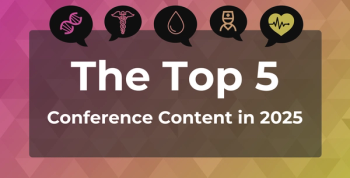
Workplace Health Program Participation Linked to Sociodemographics and Other Factors
The participation in workplace health promotion programs (WHPPs) varies depending on sociodemographics and occupation, suggesting the need for employers to adjust their WHPPs for maximum participation, according to research.
The participation in workplace health promotion programs (WHPPs) varies depending on sociodemographics and occupation, suggesting the need for employers to adjust their WHPPs for maximum participation, according to research.
Researchers at the National Institute for Occupational Safety and Health (NIOSH) conducted a
“Worksites, where the majority of working adults spend their time, are an ideal place to offer health promotion programs that could improve workers’ physical and mental health,”
In total, the sample consisted of 17,469 employed adults who had completed the WHPP questions. Additionally, 57.8% of 46.6% employees who have WHPPs available had participated in the program.
Furthermore, adults who worked 20 hours or less a week, worked regular night shifts, hourly waged, or worked for temporary agencies were less likely to participate in the WHPPs, according to the results. Supervisors were also more likely to participate than non-supervisors, while slightly higher associations were found in participation with access to employer-sponsored health insurance and a work environment of fewer than 10 employees.
“Workers have different needs and circumstances, depending on factors such as occupation, working night shifts or being paid by the hour,” Rebecca Tsai, PhD, epidemiologist and lead author of the study, said in a statement. “We recommend that employers tailor their workplace health promotion programs based on their specific work organization characteristics in order to maximize participation.”
Overall, the researchers emphasized that barriers—such as time constraints and lack of awareness—exist and vary across occupations, demonstrating the need for custom WHPPs based on their employee’s needs and availability.
Reference
Tsai R, Alterman T, Grosch JW, Luckhaupt SE. Availability of and participation in workplace health promotion programs by sociodemographic, occupation, and work organization characteristics in US workers [published online April 23, 2019]. Am J Health Promot. doi: 10.1177/0890117119844478.
Newsletter
Stay ahead of policy, cost, and value—subscribe to AJMC for expert insights at the intersection of clinical care and health economics.








































